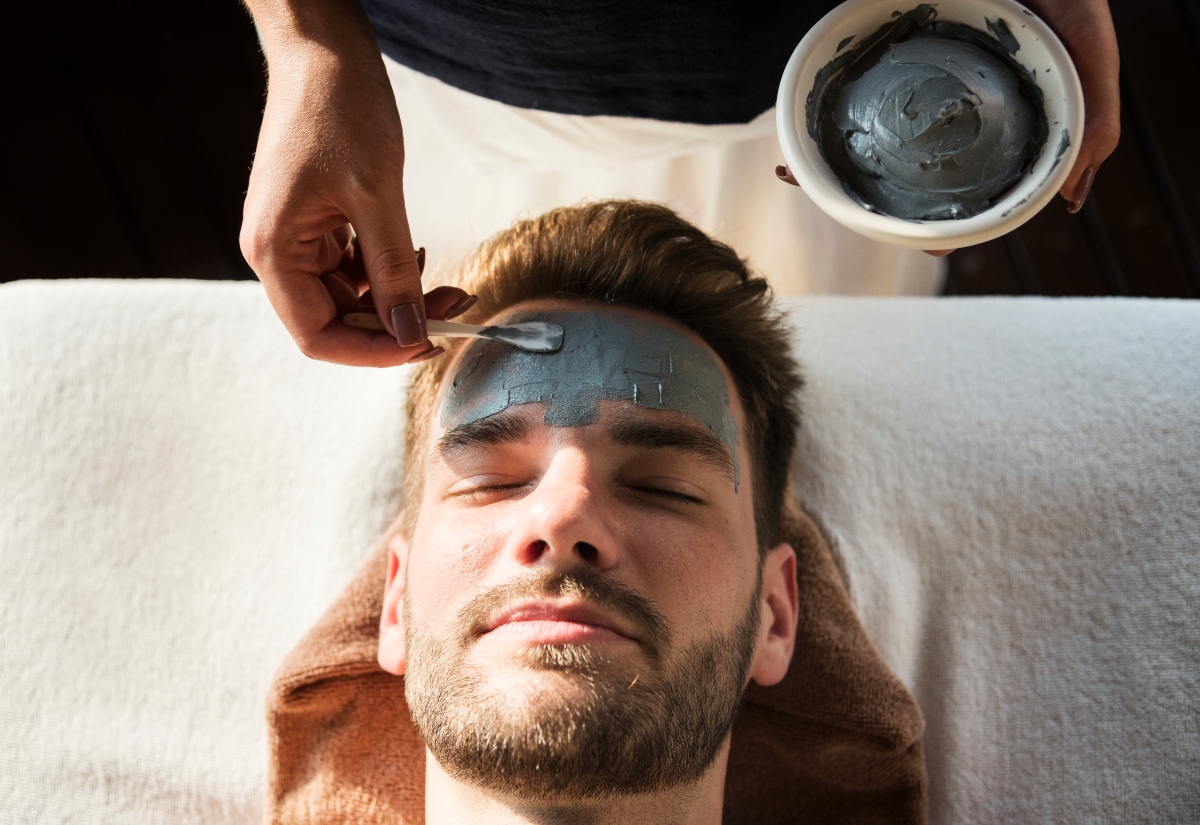
by: Matthew Burke It’s no secret that the cosmetics industry is tremendously profitable—industry experts estimate the beauty industry to be worth $532 billion(that’s “billion,” with a “b”)—but there’s a subset of the industry that’s growing with incredible speed: natural makeup. That is, cosmetics made without some of the chemicals known be harmful to humans.
Your clients may have questions related to cosmetics and the chemicals involved, so here’s a quick rundown of the basics. We’ll start with the good news:
Many—If Not Most—Chemicals Are OK. Despite some scary names—”tocopheryl acetate,” “methicone silsesquioxane crosspolymer,” “isododecane”—many of the chemicals used in cosmetics are not harmful to most users, and result in no adverse effects. So you don’t need to throw away your makeup collection just yet. In fact, when it comes to the problematic chemicals in makeup…
People Are Usually Concerned About a Very Specific List of Ingredients. There are literally thousands of different chemicals used to create cosmetics, but the list of harmful cosmetics your clients may ask you about will most likely be pretty small. They include:
- Parabens, used in foundations, believed to be an endocrine disrupter that can potentially result in breast cancer;
- BHA and BHT, a preservative in lipsticks that may be carcinogenic;
- Formaldehyde, used in nail polishes and eyelash glues, believed to be a carcinogen;
- Mercury, used in eye makeups, which can damage the nervous system;
- Lead, also in eye makeups, which can also damage the nervous system; and among others…
- Siloxanes, also in foundations, which may be an endocrine disruptor.
If you or your clients are concerned about these chemicals, they’ve become very easy to avoid, as…
There’s an Abundance of Helpful Information Online. There are plenty of consumer groups that research the chemicals used in beauty products, but two in particular keep extensive databases of individual cosmetics: 1) The Environmental Working Group (EWG) has an incredibly-broad index named Skin Deep where it discusses thousands individual cosmetics—and discusses each of the ingredients in your favorite cosmetics, and 2) Skin Safe also an online database that lists almost 10,000 makeup products, and clearly lists what is—and is not—in each cosmetic. With that in mind…
There are a LOT of Natural Options on the Market. As interest in natural cosmetics gains traction, more and more companies are meeting consumer needs. Beauty Counter enjoys a great reputation (and has a “Never List” of 1,500 ingredients they omit from their products), as does Au Naturale Cosmetics (which focuses on long-lasting all-natural products), and Juice Beauty (which focuses on organic ingredients, but also on organic farming and sustainability). In addition to these brands, there are plenty of mainstream options which now omit these ingredients (and will tell you so on the label!). Keep in mind, however, that…
Marketing Terms Can Be Misleading. At present, the FDA does not define the terms “natural” or “organic,” meaning… just about any cosmetic can use the word “natural” or “organic,” regardless of what chemicals are included in the makeup. So you’ll need to do a little research and read ingredient lists to make sure that your favorite makeups—and the makeups you’re offering to your natural-minded clients—are the real deal.
Natural cosmetics are gaining traction, and that trend seems set to continue—a basic understanding of the product can help you meet your clients’ needs.
Matthew Burke is a makeup artist in Brooklyn, NYC, and writes about trends within the cosmetics industry.







